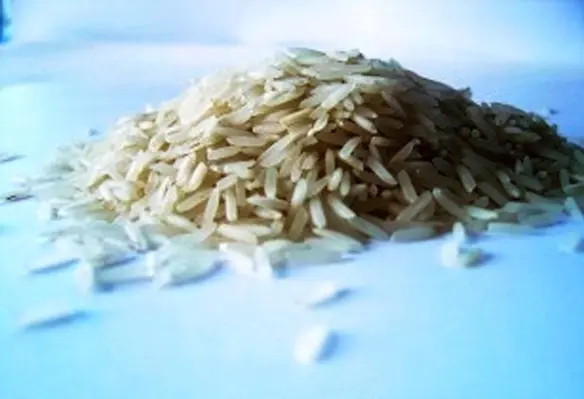The world’s first standard for sustainable rice, which sets new and more efficient standards for rice cultivation, was launched recently by the Sustainable Rice Platform (SRP) in Philippines
SRP is a global alliance of agricultural research institutions, agri-food businesses, public sector and civil society organisations convened by the United Nations Environment Programme (UNEP) and the International Rice Research Institute (IRRI).
The SRP Standard for Sustainable Rice Cultivation uses environmental and socio-economic benchmarks to maintain yields for rice smallholders, reduce the environmental footprint of rice cultivation and meet consumer needs for food safety and quality.
The development of the standard was led by SRP members, UTZ Certified, Aidenvironment and IRRI, and draws on global experience in other sustainable commodity initiatives such as sugarcane, cotton, coffee and palm oil.
It is made up of 46 requirements ranging from productivity, food safety, worker health, labour rights and biodiversity. It is also supplemented by a set of quantitative performance indicators to enable farmers and market supply chain actors to gauge the sustainability of a rice system and to monitor and reward progress.
Rice plays a critical role in global food security and provides livelihoods for over 140 million smallholders in developing countries. However, this comes at a price to the environment. Rice cultivation uses 30-40 per cent of the world’s freshwater and contributes five to 10 per cent of anthropogenic greenhouse gas emissions.
Robert Zeigler, director general of IRRI, said, “The SRP Standard represents the world’s first initiative that will set environmentally sustainable and socially responsible rice production management standards. Our key challenge now is to incentivise and scale up adoption, especially among resource-poor small farmers.”
The SRP Standard and Indicators will be field-tested and validated by national government agencies, research institutes and private companies in a multi-location farm trial to be coordinated by the SRP and IRRI. Ultimately, the Standard and Indicators are intended both as a basis for certification of value-added rice products and also as a benchmark for policymakers.




